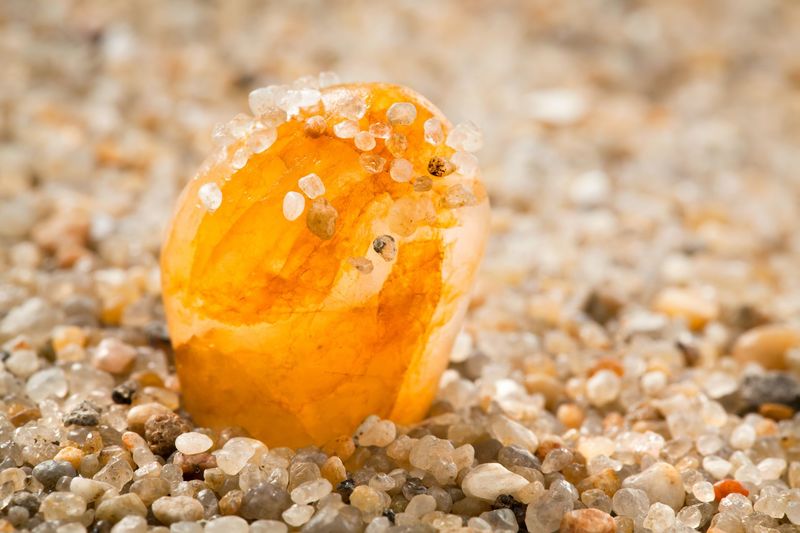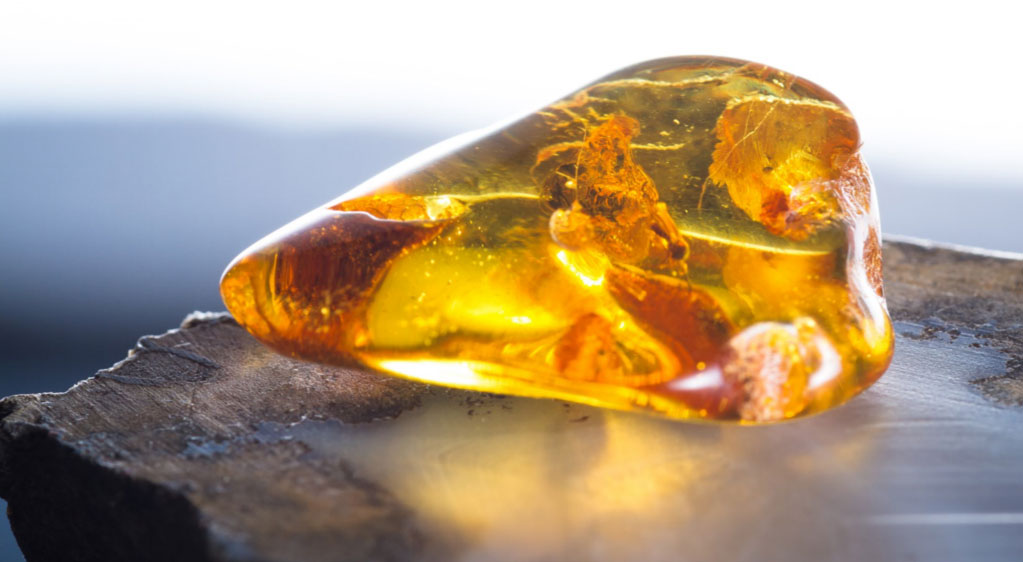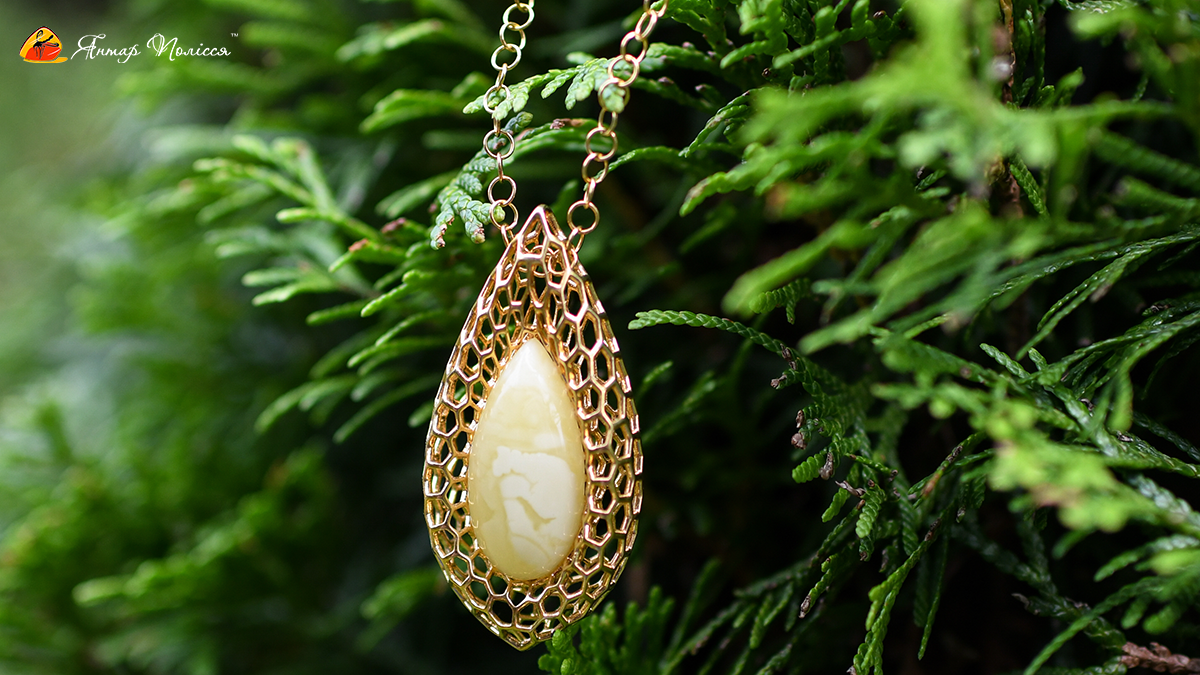A formal garden with the Oudolf twist
Wonderful and Unique: How Ukrainian Amber Differs from Baltic Amber
Amber is not just a precious stone; it is a world of stories, legends, and scientific research. Among the numerous varieties of amber, Ukrainian and Baltic amber hold a special place. In this article, we will delve into the differences between these two types of amber and why each is unique. For those interested in exploring amber further, Yantar.ua offers a wealth of information on the origin and useful properties of amber, showcasing its diverse applications and benefits.

From Ancient Myths to Academic Expertise: How Amber Was Formed
Amber has a long history that spans millions of years. It was formed from the resin of ancient coniferous trees that underwent processes of polymerization and fossilization. Amber not only captures beauty but also numerous inclusions – remnants of plants and insects trapped in the resin millions of years ago. These inclusions make each piece unique and valuable for science.
Ancient myths often refer to amber as "tears of the sun" or "tears of the gods." For example, Greek mythology describes amber as the tears of Phaethon, the son of the sun god, who perished while attempting to drive the sun chariot.
Modern scientific examinations allow for a detailed study of the composition, age, and origin of amber. Using methods like spectroscopy and mass spectrometry, scientists can precisely determine the regions where amber originated and the conditions under which it formed.

Ukrainian and Baltic Amber: Similarities and Differences
Origin and Geography
Baltic amber, also known as succinite, is primarily mined in the Baltic Sea region, particularly in Poland, Lithuania, Latvia, and Russia (Kaliningrad region). Baltic amber was formed approximately 44 million years ago during the Eocene epoch.
Ukrainian amber is mainly extracted in the Rivne, Volyn, and Zhytomyr regions. Its age is about 25-35 million years, making it younger than Baltic amber. This amber was formed during the Oligocene epoch.
Composition and Structure
Baltic amber contains a significant amount of succinic acid (3-8%), which gives it specific physical and chemical properties. It also has high transparency and a wide range of colors – from light yellow to dark brown.
Ukrainian amber is less rich in succinic acid but has a more diverse range of inclusions and textures. Ukrainian amber often contains more organic remnants and has various shades from yellow to reddish-brown. This makes it particularly valuable for collectors and scientists.
Visual Characteristics
Baltic amber is known for its transparency and homogeneity. Its inclusions are often well-preserved, making it popular among jewelers and scientists. Many Baltic amber pieces adorn museums and private collections worldwide.
Ukrainian amber can have various visual effects, such as stripes, spots, and other natural features. This adds uniqueness to each piece and makes it attractive for creating exclusive jewelry.

Cultural Significance and Use
Baltic amber has a long history of use in jewelry and religious rituals. In the Middle Ages, it was very popular among European nobility and was used to create luxurious decorations, icons, and amulets.
Ukrainian amber also holds great cultural significance. It is used not only for making jewelry but also in folk art. Ukrainian craftsmen create various items from amber – from small souvenirs to large-scale paintings and panels.
Ukrainian and Baltic amber are not just different geological formations but separate worlds with their unique characteristics and histories. Baltic amber captivates with its transparency and richness of colors, while Ukrainian amber impresses with its diversity of inclusions and textures. Each has its place in history, culture, and science, and each is worthy of attention and admiration.
These precious stones continue to inspire craftsmen and researchers, preserving a piece of the ancient world within them. Whether you choose Baltic amber for its clarity or Ukrainian amber for its unique inclusions, you always get a piece of history that you can carry with you.
www.scampston.co.uk |


